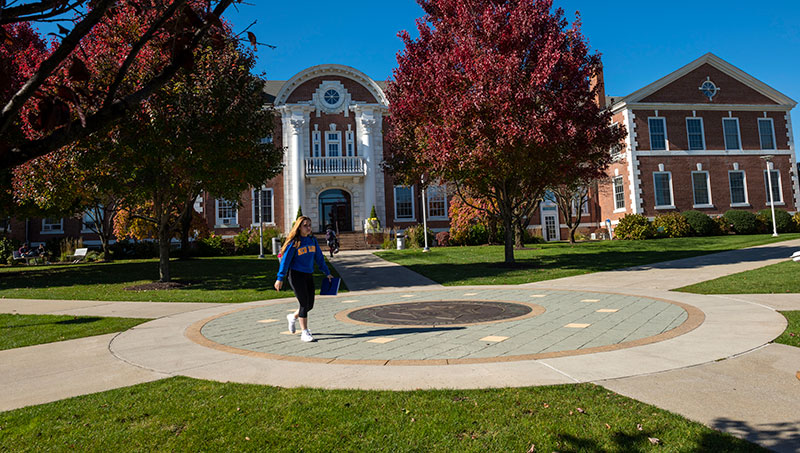Charger Family Connection
Picking the Best Financial Aid Package
Paying for college—the final frontier. It does not, however, have to be the most dreadful. Many colleges and universities are very helpful—and generous—when it comes to offering financial aid, but become a wise shopper before you accept just anything. Simply because a package may meet 100 percent of your need doesn’t mean it’s the best deal.

When looking for the right package, the key is to start looking early. Inquire about the types of financial aid offered by the school(s) your student has applied to. You should be interested in the aid the school can provide beyond federal loans, grants, and work-study jobs. You’ll want to know if a school has scholarships and grants of its own. Also, find out how dedicated to meeting your financial needs a school is. Some universities are committed to meeting 100 percent of their students’ financial need; if you find this out in advance, it may help you narrow down your choices in terms of where you’ll consider applying for aid.
Another key is to look everywhere else: the Internet, the library, and your student’s high school counselors are good places to start.
A final key to fiscal success in college funding is to complete the Free Application for Federal Student Aid (FAFSA) as soon after October 1 (the earliest it can be submitted) as possible. You want to know what federal dollars your student will be eligible for as soon as possible because this will help you negotiate a good package with the school(s) they are interested in.
Now, let’s suppose two schools have offered your student financial aid packages that meet 100 percent of your demonstrated need as determined by your Student Aid Report from the FAFSA. The aid packages look like this:
| University 1 | University 2 |
|---|---|
| $1,200—Work-study job | $1,200—Work-study job |
| $2,000—Federal grant | $2,000—Federal grant |
| $1,300—Scholarship (from school) | $1,300—Scholarship (from school) |
| $3,500—Federal loan | $3,500—Scholarship (from other sources) |
| $8,000/year with debt | $8,000/year without debt |
The two schools offer the same total amount of aid, but University 1 is offering $3,500 in student loans, which must be paid back with interest. Scholarship hunting by you and your student may well have covered that expense in University 2.
"The single most important thing you’ll want to consider is the amount of debt for which you and your student will be liable."Kimberly Hardy, MSW, LGSW
Reducing the amount of debt you and your student will have upon graduation is important. You don’t want to burden them with thousands of dollars of debt right out of school. It may not be possible to avoid loans altogether, but you want to hunt for every free dollar you can early on to reduce their debt later.
If a school truly wants your student in its freshman class, it will work with you to find funding sources. It’s never too early to start looking—a few hours spent hunting for scholarships now can save you lots of cash and anxiety later.
Kimberly Hardy is an assistant professor at Fayetteville State University’s School of Social Work. She has studied at Morgan State University and The Ohio State University.
Copyright Zeal40
Unauthorized duplication is prohibited by law.